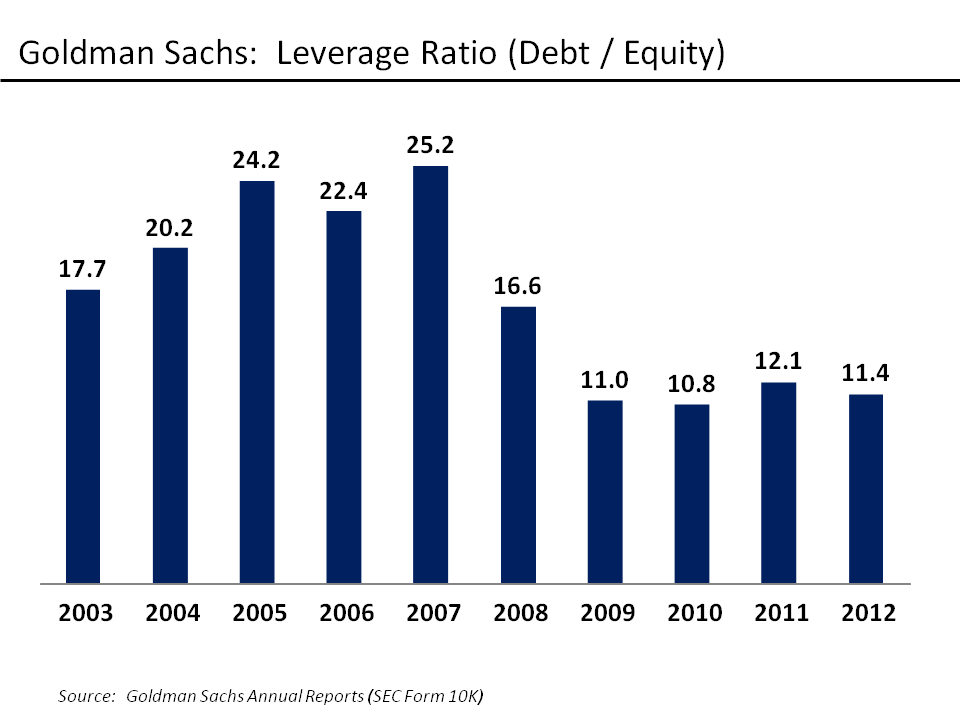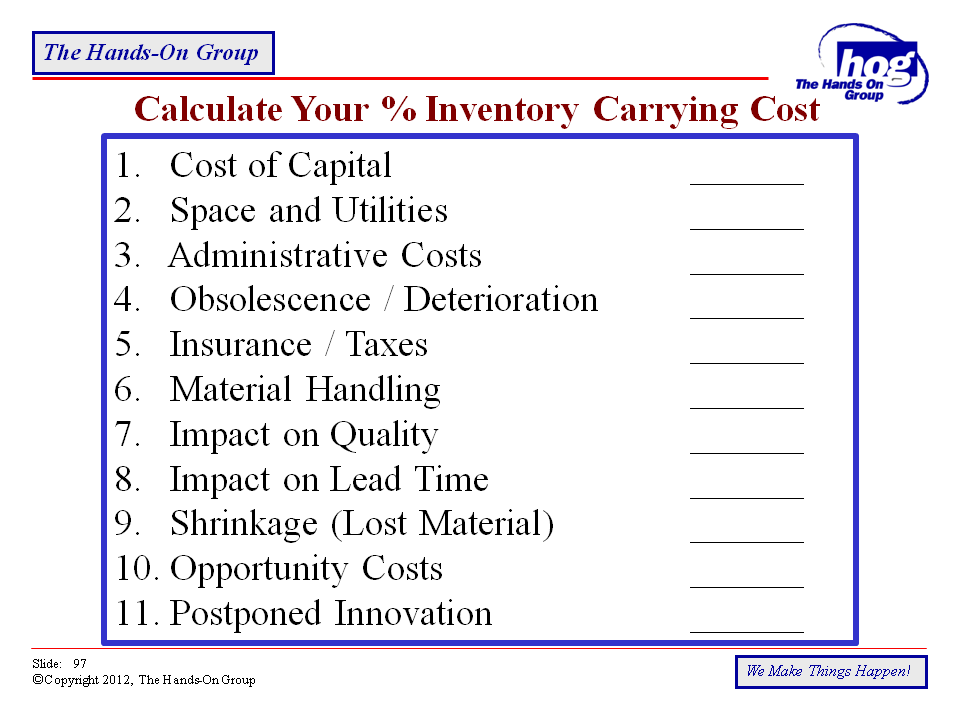
DTTL (also referred to as «Deloitte Global») does not provide services to clients. In the United States, Deloitte refers to one or more of the US member firms of DTTL, their related entities that operate using the «Deloitte» name in the United States and their respective affiliates. Certain services may not be available to attest clients under the rules and regulations of public accounting. The Deloitte AI Institute helps organizations transform through cutting-edge AI insights and innovation by bringing together the brightest minds in AI services.
It helps businesses raise capital and handle automated marketing and messaging and uses blockchain to check investor referral and suitability. Additionally, Wealthblock’s AI automates content and keeps investors continuously engaged throughout the process. AI assistants, such as chatbots, use AI to generate personalized financial advice and natural language processing to provide instant, self-help customer service. Let’s take a look at the areas where artificial intelligence in finance is gaining momentum and highlight the companies that are leading the way. By establishing oversight and clear rules regarding its application, AI can continue to evolve as a trusted, powerful tool in the financial industry. The use of AI in finance requires monitoring to ensure proper use and minimal risk.
For revenue management, Trullion connects and manages CRM, billing, and contract data to automate the revenue recognition process, improving accuracy and accelerating time to close. The audit feature lets you perform your audit in a fraction of the time by having all data sources in one place and being able to compare transactions or supporting documents anytime, anywhere. CFOs and Finance leaders can play a pivotal role in driving strategic collaboration among key C-suite leaders to enable greater success—and return on investment—of AI deployment and adoption.

Scaling gen AI in banking: Choosing the best operating model
The app can connect multiple types of accounts, including cash, credit, loans, and investments, reducing the need for multiple finance management apps. A financial institution can draw insights from the details explored in this article, decide how much to centralize the various components of its gen AI operating model, and tailor its approach to its own structure and culture. An organization, for instance, could use a centralized approach for risk, technology architecture, and partnership choices, while going with a more federated design for capital expenditure strategic decision making and execution. We tapped into the minds of our very own F&A experts at IBM Consulting — the ones that know that how you help businesses make data-driven decisions indicates your ability to support future business.
Regulatory compliance
The platform’s AI-driven «FP&A Genius» function provides conversational AI on real-time data, answering critical financial questions quickly and accurately. Through Datarails, users can execute fast finance requests, provide management self-service, and discover hidden financial insights, leading to more informed and strategic decision-making. Without the right gen AI operating model in place, it is tough to incorporate enough structure and move quickly enough to generate enterprise-wide impact. To choose the operating model that works best, financial institutions need to address some important points, such as setting expectations for the bookkeeping for large business gen AI team’s role and embedding flexibility into the model so it can adapt over time. That flexibility pertains to not only high-level organizational aspects of the operating model but also specific components such as funding.
Companies Using AI in Cybersecurity and Fraud Detection for Banking
Looking at the financial-services industry specifically, we have observed that financial institutions using a centrally led gen AI operating model are reaping the biggest rewards. As the technology matures, the pendulum will likely swing toward a more federated approach, but so far, centralization has brought the best results. A particularly valuable technology in regulatory compliance is natural language processing (NLP).
Built In strives to maintain accuracy in all its editorial coverage, but it is not intended to be a substitute for financial or legal advice.Jessica Powers, Ana Gore and Margo Steines contributed to this story. Here are a few examples of companies using AI and blockchain to raise capital, manage crypto and more. The market value of AI in finance was estimated to be $9.45 billion in 2021 and is expected to grow 16.5 percent by 2030.
- By analyzing intricate patterns in transaction data sets, AI solutions allow financial organizations to improve risk management, which includes security, fraud, anti-money laundering (AML), know your customer (KYC) and compliance initiatives.
- AI models execute trades with unprecedented speed and precision, taking advantage of real-time market data to unlock deeper insights and dictate where investments are made.
- Companies also say that better insights and decision-making facilitated by AI is key to decreasing costs.
- The platform is run by fiduciary advisors committed to their clients’ best interests, offering 24/7 access to financial advice and personalized wealth management plans.
- AI can take on a portion of the workload by automating compliance monitoring, audit trail management, and regulatory report creation.
With a complete, cloud ERP expanded accounting equation system that has AI capabilities built-in, finance teams can get the data they need to help increase forecasting accuracy, shorten reporting cycles, simplify decision-making, and better manage risk and compliance. With Oracle’s extensive portfolio of AI capabilities embedded into Oracle Cloud ERP, finance teams can move from reactive to strategic with more automation opportunities, better insights, and continuous cash forecasting capabilities. FloQast makes a cloud-based platform equipped with AI tools designed to support accounting and finance teams. Its solutions enable efficient close management, automated reconciliation workflows, unified compliance management and collaborative accounting operations. More than 2,800 companies use FloQast’s technology to improve productivity and accuracy.
It allows users to directly import from or export to various platforms, ensuring a smooth transition without disrupting existing systems. Nanonets provides solutions for an array of financial tasks, including bill pay, AP automation, invoice processing, expense management, accounting automation, and accounts receivable, among others. At this very early stage of the gen AI journey, financial institutions that have centralized their operating models appear to be ahead. About 70 percent of banks and other institutions with highly centralized gen AI operating models have progressed to putting gen AI use cases into production,2Live use cases at minimal-viable-product stage or beyond. Compared with only about 30 percent of those with a fully decentralized approach.



